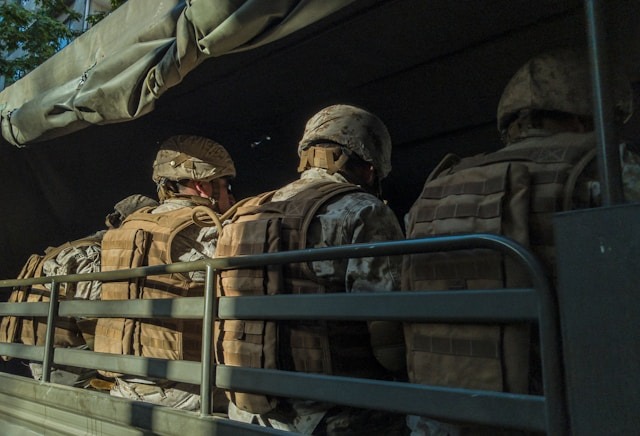Record numbers may fill the ranks, but the Canadian Armed Forces still face a stubborn shortage—and it’s not just a numbers game. The real issue, hiding in plain sight, is ageism. As waves of young recruits exit almost as quickly as they arrive, what if the answer to the military’s personnel crisis lies in the experience and resilience of older Canadians?
The headlines celebrate a recruitment surge—6,706 new regular force members in the past year, surpassing targets and marking a ten-year high. Yet the cracks beneath the surface are widening. Attrition among new recruits is more than double the military average, with young candidates leaving, frustrated by training delays and unmet expectations. The military remains short by as many as 14,000 qualified personnel, and promises of modernization and culture change ring hollow if retention fails to keep pace with recruitment.
This revolving door isn’t unique to the military. Across Canada’s workplaces, ageism quietly erodes value and belonging. A recent survey showed 99% of workers over forty have faced age-based bias, with many pressured to conceal their experience. Ironically, younger employees aren’t immune to stereotyping either, but it’s older workers who face the steepest climb re-entering or advancing in their fields. In the military context, older candidates are often overlooked, assumed to lack the physical endurance required—yet the question rarely asked is what they bring that’s missing now.
Decades of research on age-diverse teams point to tangible benefits: greater innovation, stronger problem-solving, and steadier leadership. Civilian workplaces that embrace this diversity outperform those that do not. The military, in its rush for fresh faces, may be ignoring a wellspring of experience, judgment, and commitment. Many older Canadians, particularly with unemployment high and economic uncertainty simmering, are ready to serve and bring skills honed over a lifetime.
There are doubts, of course. Not every role suits every age, but that’s a challenge of placement, not potential. Canadian Armed Forces have already begun broadening eligibility criteria. Why not take the next step? Incentivize retention of experienced members. Adjust age limits. Build pathways for older recruits who can contribute today, not years from now.
The cost of ignoring age diversity is clear: more churn, wasted investment, and missed opportunities to strengthen national readiness. The time has come for the Armed Forces to see age not as a liability but as an untapped asset. If Canada is to meet its security needs, it must break down barriers—ageism chief among them. The future of our military may depend not on the youngest in uniform, but on recognizing the value of every Canadian willing to serve.
References:
Canadian military surpasses 2025 recruitment goal, hits 10-year high – National | Globalnews.ca
Workplace Ageism Is Hurting Employees And Businesses Alike
Leaked Canadian military report shows many new recruits are quickly leaving | CBC News

